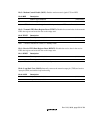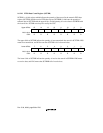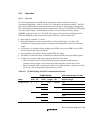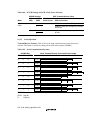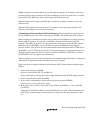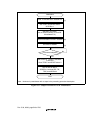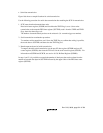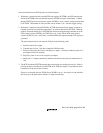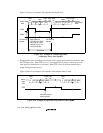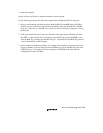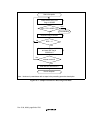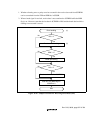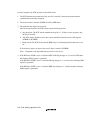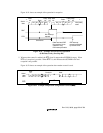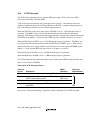
Rev. 5.00, 09/03, page 543 of 760
In serial transmission, the SCIF operates as described below.
1. When data is written into the transmit FIFO data register (SCFTDR), the SCIF transfers the
data from SCFTDR to the transmit shift register (SCTSR) and starts transmitting. Confirm
that the TDFE flag in the serial status register (SCSSR) is set to 1 before writing transmit data
to SCFTDR. The number of data bytes that can be written is (16 – transmit trigger setting).
2. When data is transferred from SCFTDR to SCTSR and transmission is started, consecutive
transmit operations are performed until there is no transmit data left in SCFTDR. When the
number of transmit data bytes in SCFTDR falls below the transmit trigger number set in the
FIFO control register (SCFCR), the TDFE flag is set. If the TIE bit in the serial control
register (SCSR) is set to 1 at this time, a transmit-FIFO-data-empty interrupt (TXI) request is
generated.
The serial transmit data is sent from the TxD pin in the following order.
a. Start bit: One-bit 0 is output.
b. Transmit data: 8-bit or 7-bit data is output in LSB-first order.
c. Parity bit: One parity bit (even or odd parity) is output. (A format in which a parity bit is
not output can also be selected.)
d. Stop bit(s): One or two 1-bits (stop bits) are output.
e. Mark state: 1 is output continuously until the start bit that starts the next transmission is
sent.
3. The SCIF checks the SCFTDR transmit data at the timing for sending the stop bit. If data is
present, the data is transferred from SCFTDR to SCTSR, the stop bit is sent, and then serial
transmission of the next frame is started.
If there is no transmit data, the TEND flag in SCSSR is set to 1, the stop bit is sent, and then
the line goes to the mark state in which 1 is output continuously.



